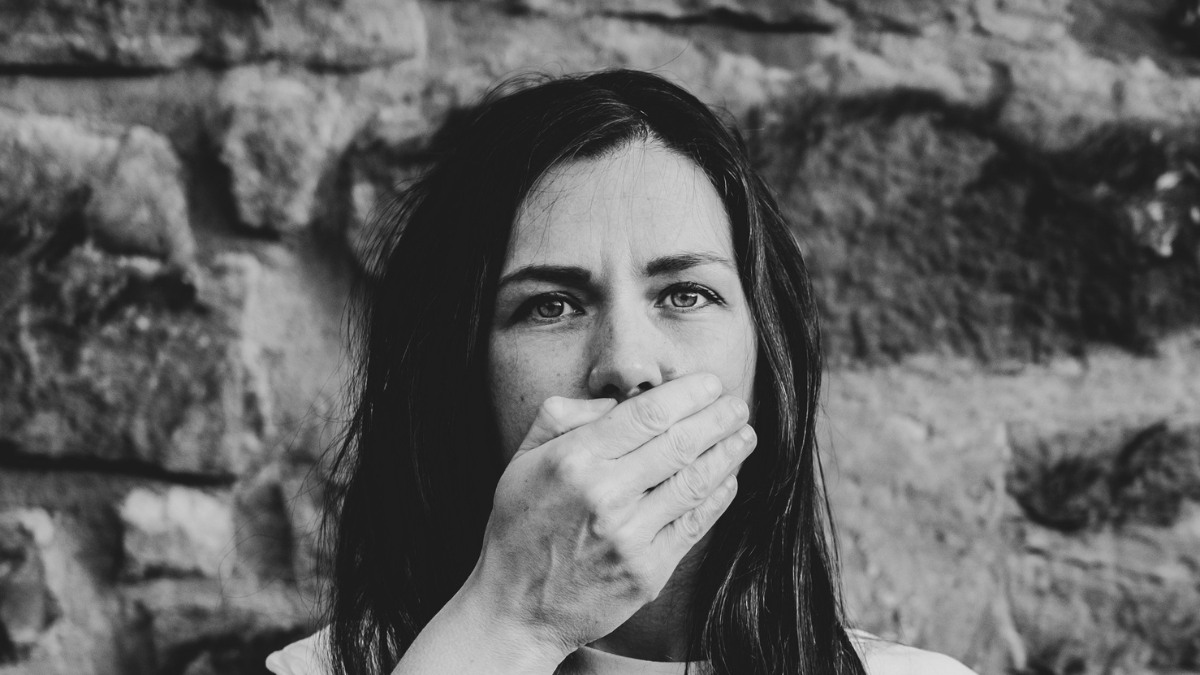

BreakPoint
The Rosary Gang
A few months ago, David Chalifoux and Jerry Robertson showed up at their New Caney, Texas, high school wearing their rosary beads as necklaces. The freshmen were preparing for confirmation, and, as David’s mother told USA Today, "David is very proud of his Catholic faith." But the boys soon learned that the public display of rosaries had been outlawed at their high school. This bizarre case illustrates what’s in store for Christians if we don’t get Congress to revive the Religious Freedom Restoration Act (RFRA), struck down in June by the Supreme Court. In New Caney, a school district rule bans personal apparel associated with gang membership, such as certain brands of sneakers and pieces of jewelry. A few reputed gang members were known to sport rosaries, so the school district banned those, too. Despite the rule, Chalifoux and Robertson continued to wear them. Last March two police officers stopped Chalifoux in a school hallway. According to David, "They asked me if I was Catholic. They asked me if I’d made my first Communion." The police then told David the rosary was a gang symbol and ordered him to hide it inside his shirt. "I told them I couldn’t do that and walked away," David told the Houston Chronicle. The police responded by picking David up and carrying him to the school office. David’s parents were outraged. They, along with Robertson’s parents, filed a federal lawsuit against the school district. As Chalifoux’s mother put it, "Why should my son have to hide his faith?" Good question. Gang activity is a legitimate concern of school officials. But why should we let the fact that some gang members wear religious jewelry deprive sincere believers of their religious freedom? Prior to the 1990 Supreme Court decision that drove Congress to pass RFRA, the New Caney school board would have had to show a compelling societal interest in banning rosaries from school. They would not have gotten away with simply citing the fact that a few gang members also choose to wear religious symbols. And school officials would have been required to prove that banning public displays of rosaries was the least restrictive way to achieve this purpose. This was the standard that Congress brought back when it passed RFRA in 1993. But a few months ago the Supreme Court overturned the act—and now there’s no way to protect kids from over-zealous school officials who would violate their First Amendment rights. As the New Caney school district’s attorney revealingly told USA Today, the overturning of RFRA "strengthens our case." I’m not overstating the case when I tell you that in the wake of the Supreme Court decision, it’s open season on religious expression in public schools. Congress must challenge the Supreme Court, but to do so, it will have to hear from constituents. We need to tell our legislators that there’s too much at stake for them to meekly acquiesce to the Supreme Court’s decision to turn religious liberty into a second-class right. If we don’t, Christians may soon find that the list of "gang-related apparel" will grow longer and longer, while our First Amendment rights grow shorter and shorter.
08/6/97















